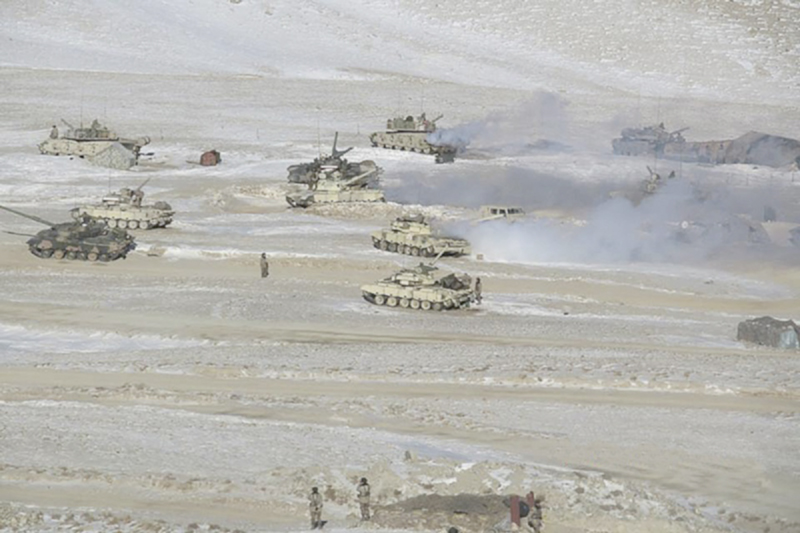By M. K. Bhadrakumar
The 9th round of talks at the army commanders’ level between India and China resulted in a breakthrough that since achieved the successful disengagement of troops on the north and south banks of Pangong Tso in eastern Ladakh. This in turn provided the ambience for the 10th round of talks that began yesterday, which would presumably address disengagement elsewhere in Ladakh as well as patrolling issues in Depsang.
The breakthrough at Pangong Tso was a good thing to happen as also its efficient implementation by the two armies ‘in a phased, coordinated and verified manner.’ It must be savoured as a net gain on the road to peace. But, curiously, the opposite seems to be happening. The reduction of military tensions in Pangong Tso has become a matter of heartburn for sections of the media and the fraternity of India’s ‘China hands’ and possibly, hawkish elements within the establishment who scoff at the very notion of peaceful resolution of territorial differences with China now or ever.
The current border talks are highly sensitive. It is the government’s prerogative to decide on a negotiating strategy and to choreograph the way forward. This strategy would have a short term and long term perspective as well as a ‘big picture’. Indeed, the government takes the public into confidence when an occasion demands it but the negotiations per se should be conducted in secrecy.
Yet, what we see is a calibrated attempt to debunk the negotiating brief and its outcome so far with a view to discredit, demoralise and derail the process itself. Thus, misgivings are being aired over the incremental approach toward disengagement.
But, what is the alternative? A ‘whole-or-nothing’ approach? A ‘take-it-or-leave-it’ approach? Now, what if a ‘package deal’ takes long to reach and what happens in the meantime? There are no easy answers. Another pinprick is about the setting up of buffer zones to separate the two armies. Surely, if peace and tranquility are desired objectives in the short and medium term, buffer zones offer an optimal interim arrangement.
Modern armies have the technical capability to monitor closely, constantly and reliably to ensure that buffer zones remain what they are namely, ‘no-man’s land’ where neither side patrols or creates new facts on the ground under the pretext of ‘infrastructure development’. Indeed, buffer zones are without prejudice to each side’s respective territorial claims. Principally, they eliminate the risk of ugly brawls between patrolling parties as has been happening in obscure circumstances in those remote mountains in Ladakh that are beyond public scrutiny.
Equally, there is angst that buffer zones signify a departure from the ‘status quo ante’ (that is, positions prior to April 2020.) Pray, what difference does it make when it concerns disputed territory?


